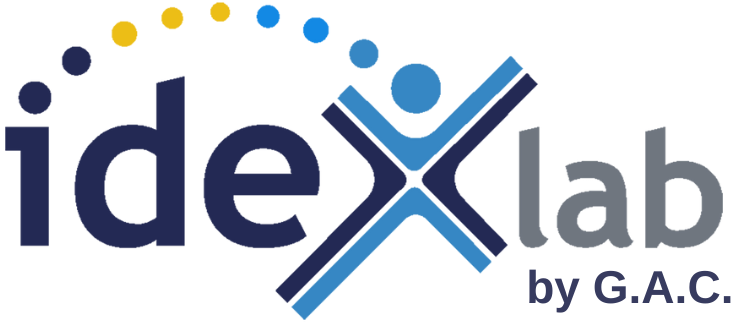Unobvious results to measure with innovation
Results Open Innovation – Measuring the Return on Investment that innovation (or Open Innovation) brings to a company is an extremely difficult task.
When trying this task, it should be taken into account that part of the exercise is actually subjective, and can therefore vary from one company to another. Leaders’ expectations of innovation and its return on investment depend on their own definitions.
It is in relation to the initial investment that a company will be able to calculate the Return on Investment. But this is difficult to define: how to integrate the years of fundamental or applied research that have contributed to the emergence of a new product? How can one take into account the collaboration between several teams that have partially contributed? And for the expected benefits, if they are sales of a new product, over what period of time should they be considered? How to take into account the positive or negative externalities of the product?
The company therefore has an initial task to perform in order to define its rules for measuring the Return on Investment of innovation.
But another aspect comes into play: is it more appropriate to innovate in a traditional way or to open up your innovation (also called Open Innovation or Open Innovation)? Is the return on investment of Open Innovation higher than the return on investment of traditional Innovation? On this point, we can answer much more precisely since the comparison between Open Innovation and Innovation is possible.
Does Open Innovation perform better than traditional Innovation?
To answer this question, we must first clarify how Open Innovation differs from traditional Innovation. It’s simple, Open innovation takes up the classic phases of innovation: ideation, selection and execution. However, it does not only focus on the knowledge and resources available internally, but will also rely on all possible external means for a project.
These can be experts, customers, service providers, financing, prototyping means, etc. New means and tools will be deployed to reach and mobilize these resources (typically through intermediation platforms).
We have identified 4 major benefits of Open Innovation compared to traditional Innovation. We deliver these results below through a completely free ebook entitled “How to measure the results of Open Innovation?”
Have a good reading!






